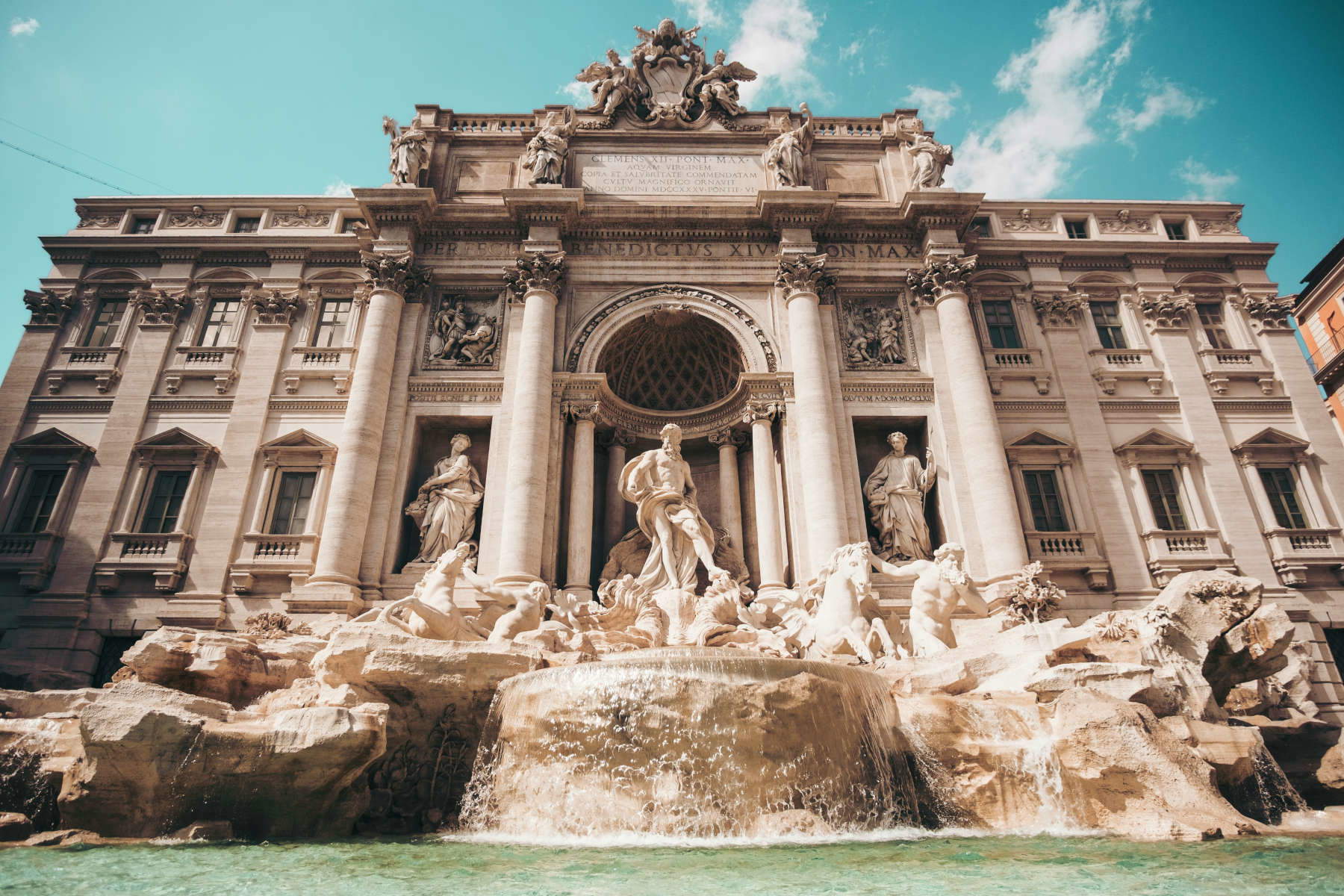The Trevi Fountain in Rome could soon become accessible only by closed numbers and reservations in order to better manage the flow of tourists and prevent crowds. This is the proposal brought forward by Alessandro Onorato, Rome’s Councillor for Major Events, Sports, Tourism and Fashion. The fountain, built in 1732 at the initiative of Pope Clement XII (Florence, 1652 - Rome, 1740) through a competition that involved major artists of the time, could see the introduction of a quota and timed access system to preserve its integrity and improve tourist visits. Onorato’s hypothesis envisions free access for Rome residents, while tourists could pay a symbolic euro via an electronic ticket to visit the Fountain. The current situation in the square, which is often overcrowded and difficult for traffic police to manage, will be the focus of discussions in technical meetings to consider how to better organize the surrounding spaces. In the past, merchants have also opposed similar measures to protect the monuments, but as of today there seems instead to be an openness toward more rigid management solutions such as for the one proposed. Despite the ordinances and the constant presence of the vigilantes, the uncivilized behavior of visitors in fact damages even the Spanish Steps of Trinità dei Monti. In this regard, even the Minister of Tourism, Daniela Santanchè has expressed interest in adopting a formula similar to the one already in use for access to the Pantheon.
“I confirm that we are reasoning about this hypothesis. It is a matter of studying the best technical solution to be able to manage the flow of tourists in support not only, obviously, of the Trevi Fountain, which must be protected, but also, more generally, of a quality of its fruition that must be allowed precisely also in the interest of the tourists who from all over the world rightly want to enjoy the wonder, the beauty, of this fountain,” says Roberto Gualtieri.
“This will allow them to enjoy those five or ten minutes of tranquility while visiting the monument. The money made from the visit, of course, will be reinvested in the capital, to create new jobs, starting with those of stewards and hostesses called to manage the flow of tourists and female tourists right in front of the Trevi Fountain,” says Alessandro Onorato, Rome’s Councillor for Major Events, Sports, Tourism and Fashion.
“We need to put our riches to income, so it’s fine to charge and create a booking mechanism, not a closed number, to regulate flows and give better and sustainable services to tourists,” says Daniela Santanchè, Minister of Tourism.
“Going to the Fountain of Trains is difficult, you don’t enjoy it anymore. Any contingency, however, must be well done. We have effective examples in Italy, but almost all in closed environments: from Leonardo’s Last Supper in Milan to the Borghese Gallery in Rome. It certainly needs to be studied from the point of view of technology and attendance capacity,” notes Romolo Guasco, director of Confcommercio in Rome.
 |
| The Trevi Fountain could become pay-as-you-go: here's how and why |
Warning: the translation into English of the original Italian article was created using automatic tools. We undertake to review all articles, but we do not guarantee the total absence of inaccuracies in the translation due to the program. You can find the original by clicking on the ITA button. If you find any mistake,please contact us.